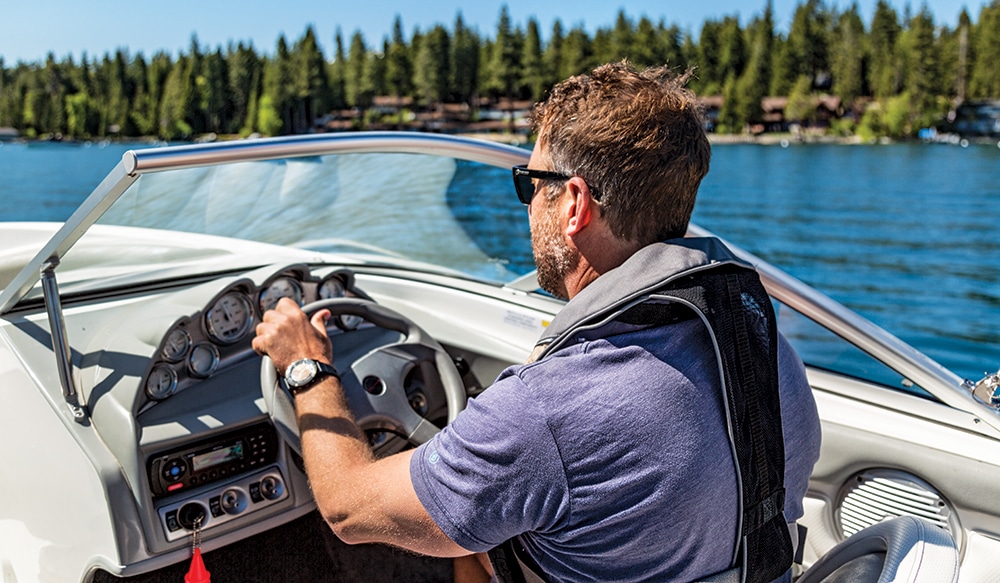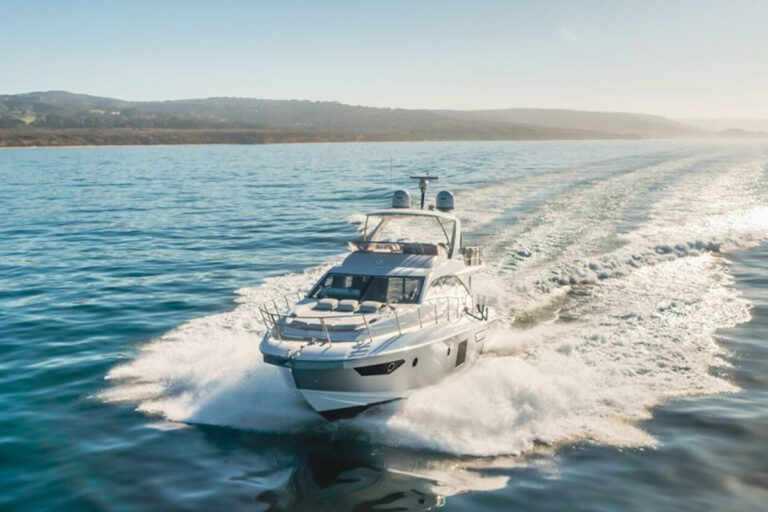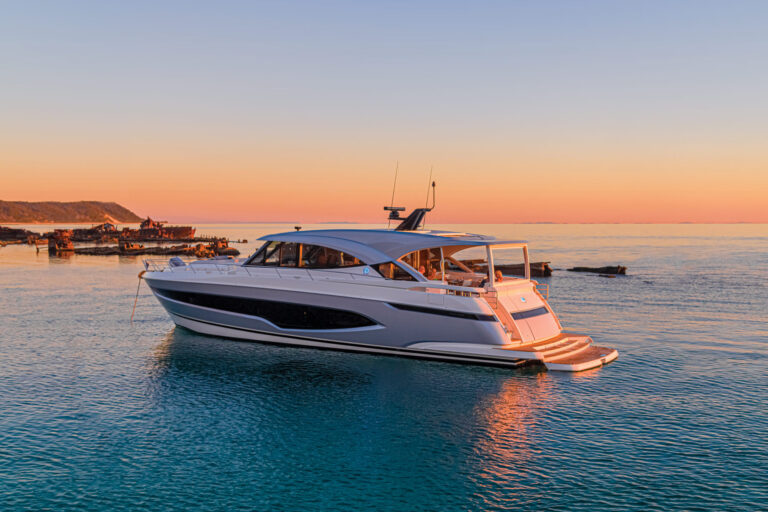
Topsail island, as islands go, is not a bad place to have boat trouble. The 26-mile-long barrier island is just off North Carolina’s coast with boat-rental companies and put-in ramps for the Intracoastal Waterway. Generally speaking, other boaters are around, and when things go wrong, the U.S. Coast Guard stations in the region can respond to a Mayday call pretty fast.
Then again, “pretty fast” depends on just how quickly a boat is taking on water — and whether that boat has enough life jackets for everybody aboard.
Five people who were stranded 8 miles off Topsail Island learned this lesson last July, when their boat took on water, capsized and landed them all in the drink. Only three of them were wearing life jackets; the other two ended up stranded atop the upside-down hull while waiting for the Coast Guard’s HC-130 Hercules plane to arrive from Air Station Elizabeth City, North Carolina.
The two people atop the capsized boat, it turns out, got lucky that the plane was already airborne when the Mayday call came in; they were stranded offshore without life jackets for only about a half-hour, and it wasn’t enough time for their particular boat to sink.
“This is a perfect example of how vital it is to not only make sure you have life jackets on board, but also that they are readily available in case of an emergency,” Stephen Sawyer, Sector North Carolina command duty officer, told the local ABC News affiliate at the time.
The story is one of many that the National Safe Boating Council is sharing as part of its Wear It campaign ahead of National Safe Boating Week, which is May 19-25 this year. According to the U.S. Coast Guard, 80 percent of boating deaths are due to drowning. Two-thirds of the people who die are good swimmers, and only 17 percent of them are wearing life jackets.
And those statistics speak to more than kids making bad choices. The Coast Guard also says that one in three boating injuries occur in boats operated by people 35 or older — and that in 77 percent of the cases where somebody died, the boat owners were on the water without any boating-safety instruction.

“Wearing a U.S. Coast Guard-approved life jacket is the simplest life-saving strategy for recreational boaters,” according to the campaign, whose website has a quiz that can help everyone from kayakers to offshore anglers know the ideal type of activity-specific life jacket. There’s even a section urging jackets for dogs, particularly jackets with handles on the back, to pull Rover out of the water from a crouching position inside the boat, without having to jump in and endanger yourself.
As you can see in the photographs on these pages, Coast Guard-approved life jackets come in adult and child sizes, as well as in multiple styles. Inflatables are thin and uncumbersome for most adults, popping open only on contact with the water. Belt-pack inflatables usually self-inflate when submerged too.
Kids jackets come with their favorite cartoon characters nowadays; some look like superhero costumes, in Batman, Superman and Spider-Man designs. Some kids jackets also have handles much like the canine versions. (Lifting 50 squirming pounds is lifting 50 squirming pounds.)
And when it comes to buying the right jacket for a child, the campaign urges parents to ensure a snug fit. If it’s your 6-year-old overboard with the rescue clock ticking, you don’t want a jacket that she’ll need time to “grow into later.”
Vessel Safety Check: It’s Free, and It’s Smart
The U.S. Coast Guard Auxiliary (cgaux.org) and the United States Power Squadrons (usps.org) have examiners certified to perform a vessel safety check — on request, free of charge. The examiners look for much of what the Coast Guard would look for if a yacht were boarded, only during the vessel safety check, the walk-through is voluntary and only the yacht owner receives the results. There are no consequences for any vessel that can’t muster a passing grade; instead, the idea is to help boat owners do things right in the future. The checklist includes items such as first-aid kits, distress signals, fire extinguishers, navigation lights and, yes, personal flotation devices. Examiners are looking for more than just the items on the list too. For instance, did you know that PFDs cannot be stowed in unopened plastic packaging? Imagine what else you might learn.








